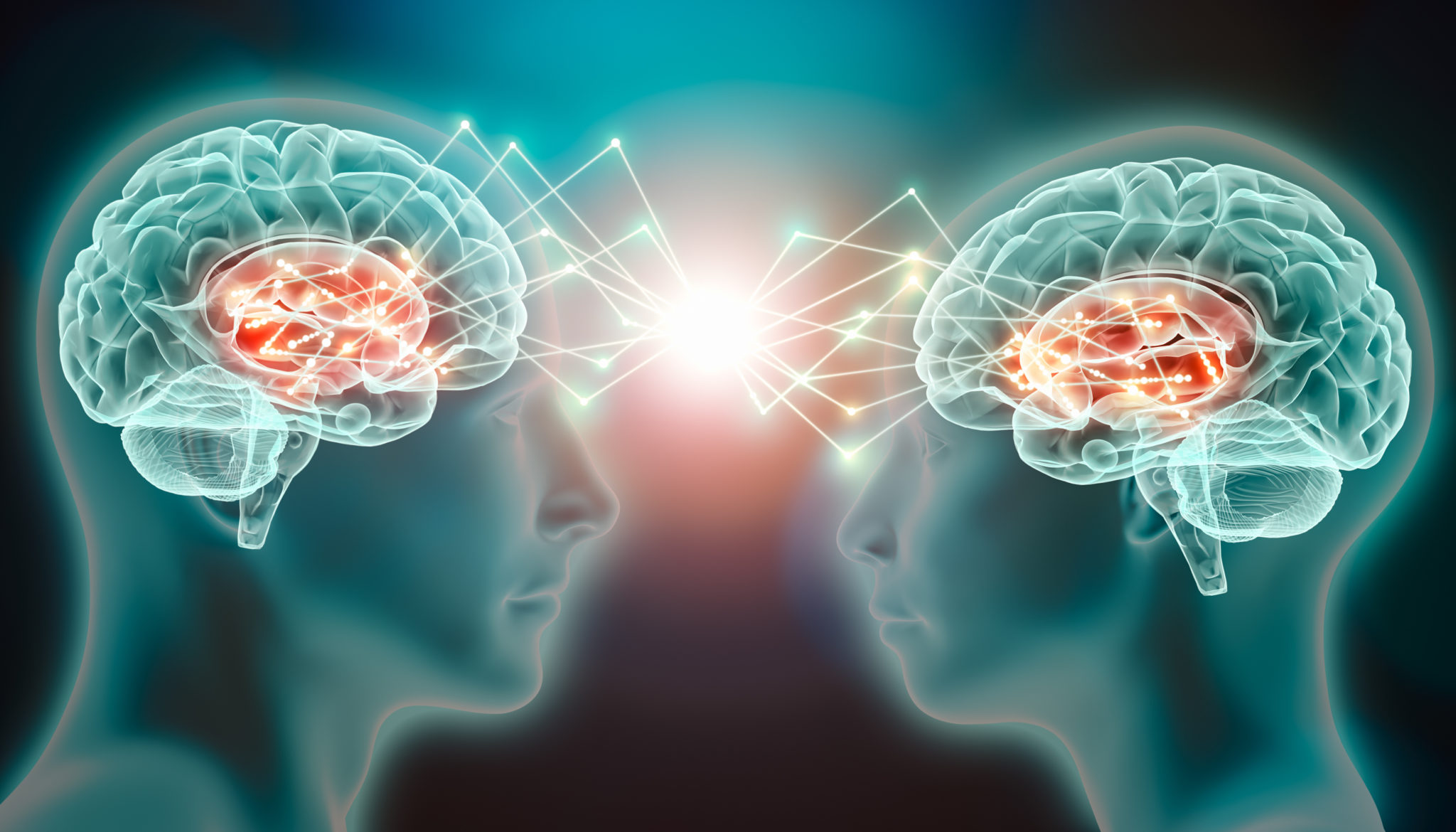Augustine’s Sexual Ethic, Part 2
As we saw in part one of this blog, religious scholar Elaine Pagels challenges Christian sexual mores by claiming that, due to Augustine, the traditional Christian view on human nature and the attitudes regarding sexuality and gender are arbitrary. They stem from historical circumstance and political expediency.1 Since the time Pagels wrote these claims, US popular culture has, for the most part, adopted them. Thus, Christian churches, colleges, and universities need to step up and teach the Christian sexual ethic and rise to the challenge of responding to Pagels and others who make similar claims.
We also noted that God, as Augustine explains, created us for himself, to have unity with him and glorify him.2 Nothing else will ultimately realize our human nature and bring about concomitant joy, happiness, and fulfillment. However, when our human will expresses the sexual libido in a disordered, lustful manner—a manner opposed to our human nature—we experience the privation of a disordered self.3
The focus for this blog is to show how the neurochemistry of attachment seems to support features of Augustine’s orthodox understanding of the Christian sexual ethic.
The Neurochemistry of Attachment
Research in the neurochemistry of attachment suggests that numerous neurochemicals such as oxytocin, vasopressin, and dopamine play a significant role in the formation, maintenance, and expression of monogamous pair-bonds (strong social relations between members of a breeding pair in monogamous species).4 Social attachments, including pair-bonding, play a significant role in human well-being.5 This bonding implies that sexual expression may promote or detract from human well-being.
For decades, scientists have known about neuroplasticity (the ability of the brain to modify or change) and its connection to hormones.6 Given neuroplasticity, sexual expression—with the aid of the relevant neurochemicals—forges new neural pathways of thought, feeling, and behavior. Once forged, people are more prone to follow these pathways next time we embark on the same or similar activities. The more we follow them, the stronger the pathways become and the more deeply they embed themselves within us, thereby habituating us to express ourselves in accord with them. In other words, the more we retread these neural pathways, the more our thoughts, feelings, and behavior approach necessity (compulsion). And the more they approach necessity, the more they impact our relationships with current and future partners.
We see how the neurochemistry of attachment supports what Augustine says about unity and fulfillment through the following explanation. Human nature is structured so that the ordered sexual libido and its expression are conducive to fulfilling its inherent ends. As we begin to meet the ends of our nature, we begin to gain a sense of fulfillment. As the neural pathways of thought, feeling, and behavior forged by neurochemicals released through the process of sexual expression become entrenched in our being, the deeper the unity we experience with our spouse. The relatively large amounts of neurochemicals released through sexual expression within a faithful marriage help the couple forge an ever-stronger bond of love and trust between them, thereby fulfilling some of the ends of human nature.
For Augustine, couples called to marriage are to order their sexual libido toward the good (conducive to human fulfillment and happiness) of marital fidelility.7 The good of fidelity leads the couple to experience a level of intimacy or unity that promotes the goods of procreation and sacrament or permanence of the marriage bond.8 The three goods of marriage (fidelity, procreation, and “sacrament”) produce much joy and fulfillment for the couple. What Augustine claims, then, seems to accord with the implications of the neurochemistry of attachment.
Autonomy Leads to Disruption
However, the converse is also true. Whereas the neurochemistry of attachment implies that within the harmonious marital context our biology promotes greater unity and love with our spouse, it also promotes greater disintegration outside of the harmonious marital context. Specifically, research suggests that the pair-bonding mechanism in human beings becomes disrupted after the loss of a partner.9 In their book, Hooked, Joe McIlhaney Jr. and Freda Bush ask us to consider tape. The more we use and reuse the same tape, the more it loses its ability to stick to an object. So also, the more partners a person has, the greater the weakening of the pair bonding effects of oxytocin and vasopressin.10 In fact, short-term sexual relationships that have little emotional connectedness or intimacy damage the physiological mechanism that the human body has for bonding.11 Specifically, the neurochemical imprint of past sexual relationships remains, disrupting or preventing the physiological processes that lead to healthy relationships.12
The weakening of the pair-bonding effect, then, may wreak havoc on a person who, after experiencing many sexual liaisons, finds a partner with whom that person wants to establish a permanent or, even, semi-permanent bond. The well established neural pathways of sexual expression, due to the weakened bonding effects of the hormones, may not allow the person to enter relationships of fidelity and, thus, deep unity and love. Explained alternatively, the more sexual liaisons a person has, the more adverse to love and fidelity the neural pathways of thinking, feeling, and behaving become, and the greater the disorder of the self. The deeply entrenched neural pathways formed by many sexual liaisons produce detrimental effects on future relationships and marriages.
As Augustine explains it, when we decide to become autonomous from God by expressing the sexual libido in a disordered manner, the sexual libido rebels against our will and the rest of our being, enslaving us. “For what else is man’s misery but his own disobedience to himself, so that in consequence of his not being willing to do what he could do, he now wills to do what he cannot?”13
Yet, the person whose will is bound by their rebellious sexual libido has reason for hope. We know that if we humble ourselves, repent, and seek God’s forgiveness through Christ, he will hear us, for his mercies are without number and his grace without end.
Because of the Lord’s great love we are not consumed,
for his compassions never fail.
They are new every morning;
great is your faithfulness. (Lamentations 3:22–23)
Path to Harmony and Fulfillment
Thus, contra religious scholar Elaine Pagels, the Christian sexual ethic is not an arbitrary but a beneficial one that takes into account a correct understanding of our human nature.14 As we’ve seen through science and Augustine’s orthodox theology, Christian sexual mores and Augustine’s understanding of these are salubrious to the human being. If we follow the Christian sexual ethic, it will help lead to our well-being by fomenting harmonious marriages where we experience deep and fulfilling intimacy with our spouse. Also, it will help us create stable, safe, and caring environments for any children we may have, as our marriage becomes a symbol for the indissolubility of God’s love for us.
Endnotes
- Elaine Pagels, Adam, Eve, and the Serpent (New York: Random House, 1988). See especially chapter V.
- Saint Augustine, The Confessions of St. Augustine, trans. John K. Ryan (Garden City, NY: Image Books, 1960), book 1, section 1.
- Saint Augustine, The City of God, trans. Marcus Dods (New York: Random House, 1991), book XI, section 11.
- Zachary V. Johnson and Larry J. Young, “Neurobiological Mechanisms of Social Attachment and Pair Bonding,” Current Opinion in Behavioral Sciences 3 (June 2015): 38–44, doi:10.1016/j.cobeha.2015.01.009.
- Johnson and Young, “Neurobiological Mechanisms,” 38–44.
- J. David Sweatt, “Neural Plasticity and Behavior – Sixty Years of Conceptual Advances,” Journal of Neurochemistry 139,suppl 2 (October 2016):179–199, doi:10.1111/jnc.13580.
- Saint Augustine, On Marriage and Concupiscence, trans. Peter Holmes and Robert Ernest Wallis, rev. Benjamin B. Warfield from Nicene and Post-Nicene Fathers, series 1, vol. 5, ed. Philip Schaff (Buffalo, NY: Christian Literature Publishing, 1887), book 1, chapter 10. Revised and edited for New Advent by K. Knight, http://www.newadvent.org/fathers/15071.htm.
- Saint Augustine, On Marriage and Concupiscence, book 1, chapter 10.
- Katie Hinde et al., “Challenges to the Pair Bond: Neural and Hormonal Effects of Separation and Reunion in a Monogamous Primate,” Frontiers in Behavioral Neuroscience 10, no. 221 (November 14, 2016): 1–15, doi:10.3389/fnbeh.2016.00221.
- Joe S. McIlhaney, Jr. and Freda McKissic Bush, Hooked: The Brain Science on How Casual Sex Affects Human Development (Chicago: Northfield Publishing, 2008), 43.
- McIlhaney and Bush, Hooked, 63.
- McIlhaney and Bush, Hooked, 77–78.
- Saint Augustine, City of God, book XIV, section 15.
- For a more comprehensive and technical treatment of this topic see, Miguel Angel Endara,“Augustine on Sex and the Neurochemistry of Attachment,” National Catholic Bioethics Quarterly 20, no. 4 (Winter 2020): 695–707, doi:10.5840/ncbq202020464.






